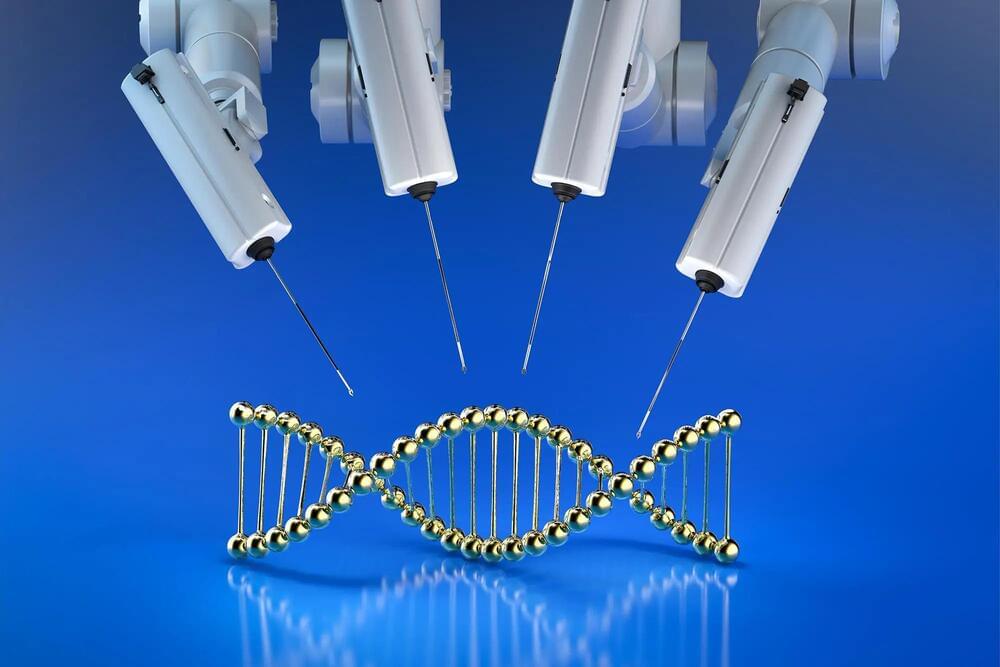Scientists have enhanced the efficiency of CRISPR/Cas9 gene editing by threefold using interstrand crosslinks, without resorting to viral material for delivery. This approach boosts the cell’s natural repair mechanisms, allowing for more accurate and efficient gene editing, potentially improving disease research and preclinical work.
Gene editing is a powerful method for both research and therapy. Since the advent of the Nobel Prize-winning CRISPR/Cas9 technology, a quick and accurate tool for genome editing discovered in 2012, scientists have been working to explore its capabilities and boost its performance.
Researchers in the University of California, Santa Barbara biologist Chris Richardson’s lab have added to that growing toolbox, with a method that increases the efficiency of CRISPR/Cas9 editing without the use of viral material to deliver the genetic template used to edit the target genetic sequence. According to their new paper published in the journal Nature Biotechnology, their method stimulates homology-directed repair (a step in the gene editing process) by approximately threefold “without increasing mutation frequencies or altering end-joining repair outcomes.”
